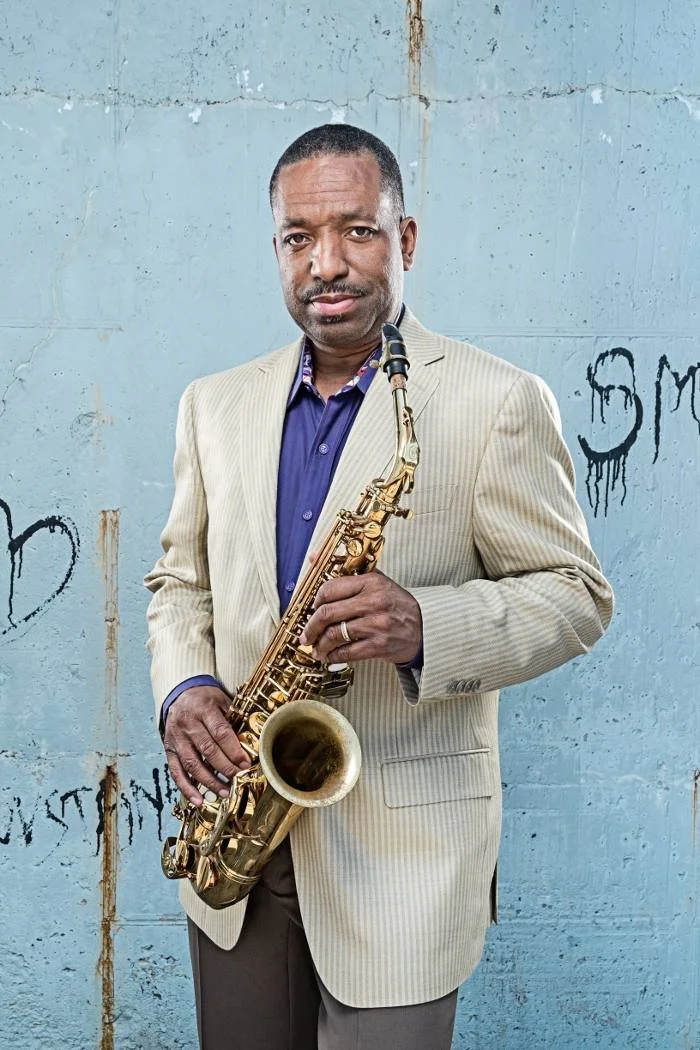Dimensions of ‘Your Sound’
Greg and I attended the D.C. Jazz Festival over Labor Day weekend. The festival was located directly on the wharf with three stages—two on the piers jutting out into the Potomac River and one built on a floating platform adjacent to the pier. Sailboats and yachts floated by and even parked alongside the stages to enjoy the music. Going back and forth, from one stage to another, we enjoyed three days of exceptional performances—The String Queens, Gregory Porter, Kenny Garrett, Samara Joy, Terri Lyne Carrington, Etienne Charles, and many others.
In between performances, there were opportunities to witness a “Meet the Artist” session. They were held in an intimate setting under an outdoor tent. We attended a session with two NEA Jazz Masters—bassist Dave Holland and saxophonist Donald Harrison, moderated by pianist Orrin Evans. Hearing the musical journey of Holland and Harrison was inspiring as they shared stories and experiences of evolving from apprentice to jazz master. The most intriguing portion was hearing their responses to achieving their own sound.
Harrison responded by saying that even though a musician may start out imitating the masters, you can’t sound like anyone else. He went on to say that you have to take ideas and change them by looking at the same sound from different angles. He stressed that the inspiring sound doesn’t have to be from the same instrument you play.
Holland’s description resonated also, but differently. He said that your sound comes from inside, modeling and showing you the way. It is an emotional undertaking—an expression of what and how he is feeling.
If we put these two masters’ perspectives together, we have the very essence of creativity—a soul-filled expression of something felt through the combination of something familiar with something new to reveal a novel contribution.
As Greg and I take the leaders we coach through the JLP Practice of “Your Sound,” we often ask how they describe their own sound. In other words, how would they characterize their style, tone, rhythm, timbre. It’s usually not an easy task for them to articulate. The journey becomes one of grappling with how they present themselves, what is consistent about their character, values, and approach that people recognize as integral to their leadership. We sometimes suggest writing out a statement to help capture the essence of what they represent or strive to present. This exercise builds deeper awareness of where we are and what we can do to shift from the same old familiar habits, patterns, rhythms, and behaviors that are not serving us and help get us to the new, fresh methods to elevate our leadership capacity.
If you wrote a “Your Sound” statement, how would it read? How would you describe the angles and feelings that create the foundation of your leadership?




